Falling Water
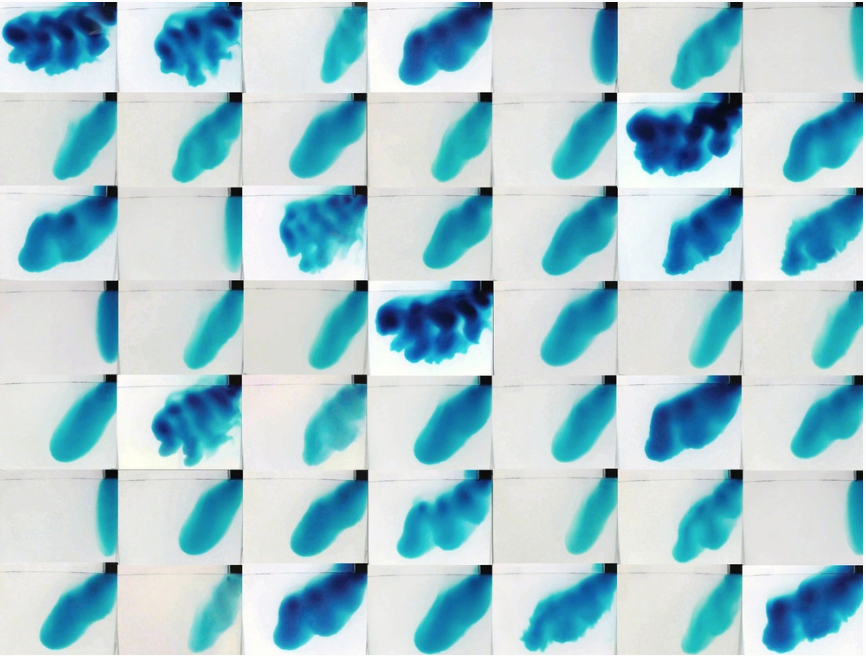 Students make a splash using MITgcm to model falling water in a lab tank during an NSF funded undergraduate research program last summer.
Students make a splash using MITgcm to model falling water in a lab tank during an NSF funded undergraduate research program last summer.
Getting to the Bottom of Greenland’s Glaciers
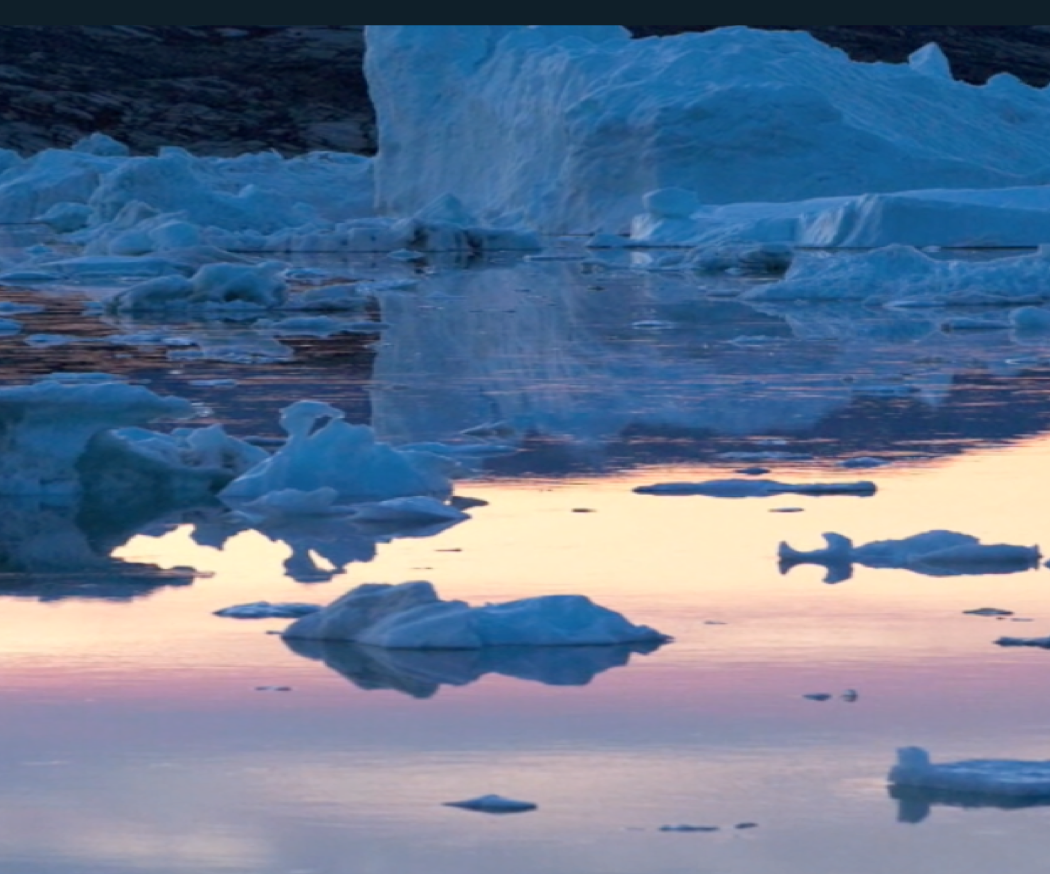 MIT postdoc Roberta Sciascia has been using MITgcm to explore the variations in submarine melt rate of Helheim Glacier induced by glacier and intermediary circulations.
MIT postdoc Roberta Sciascia has been using MITgcm to explore the variations in submarine melt rate of Helheim Glacier induced by glacier and intermediary circulations.
Looping the loop in the Gulf of Mexico
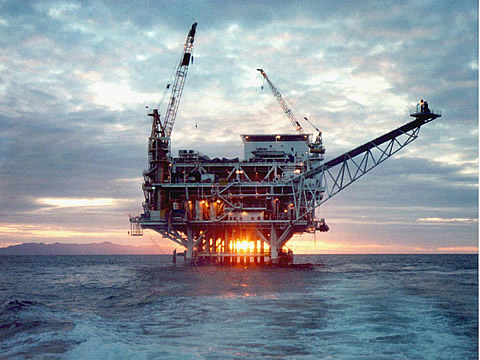 This month we focus on several recent papers that have used MITgcm and its adjoint to perform state estimates and explore its ocean forecasting capabilities in the Gulf of Mexico.
This month we focus on several recent papers that have used MITgcm and its adjoint to perform state estimates and explore its ocean forecasting capabilities in the Gulf of Mexico.
MITgcm: Ready for Prime Time
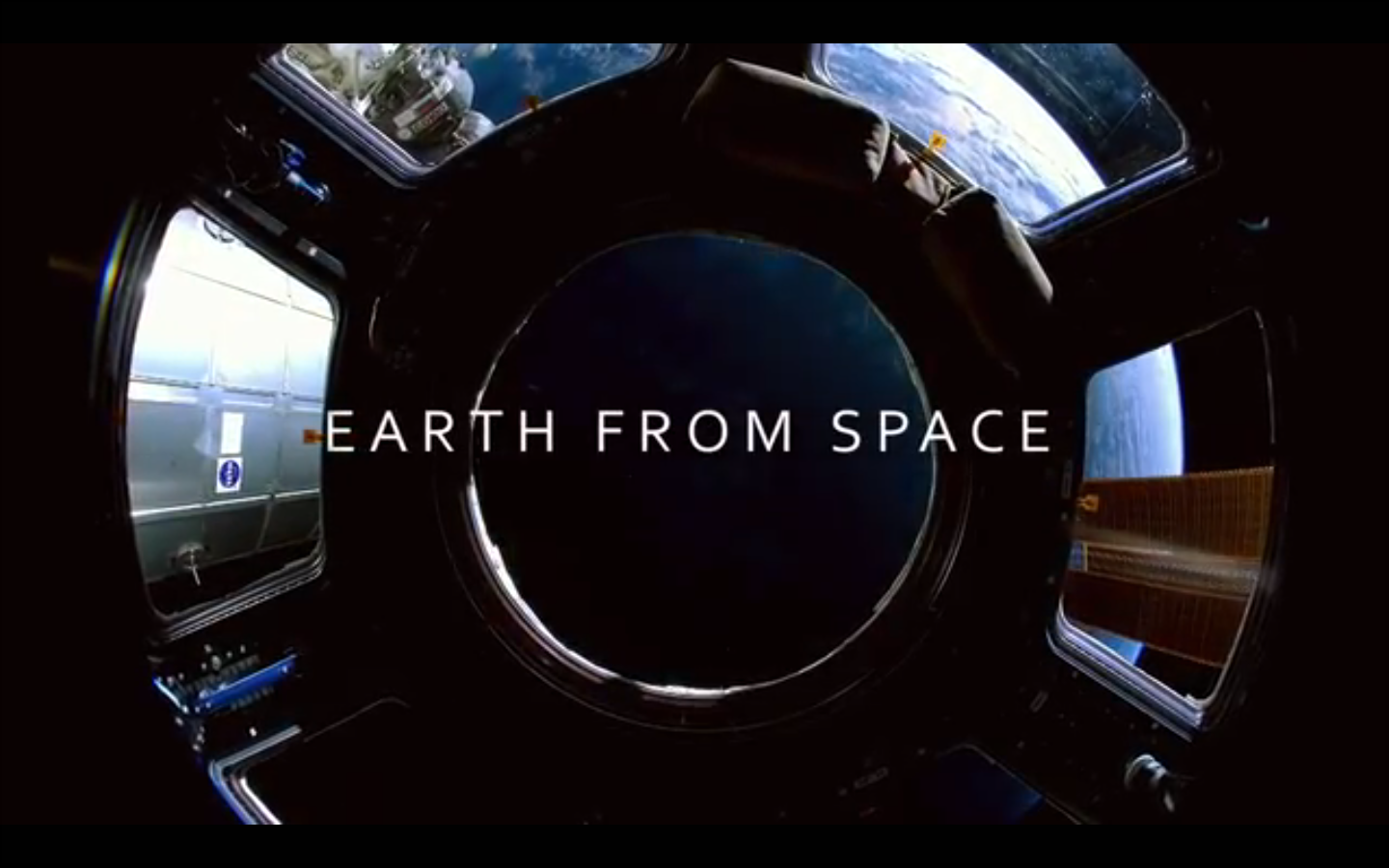 For anyone who has ever wrestled with vizualising output from MITgcm, Earth from Space, the stunning new documentary from PBS’s NOVA series demands serious respect.
For anyone who has ever wrestled with vizualising output from MITgcm, Earth from Space, the stunning new documentary from PBS’s NOVA series demands serious respect.
Overflowing with Movies
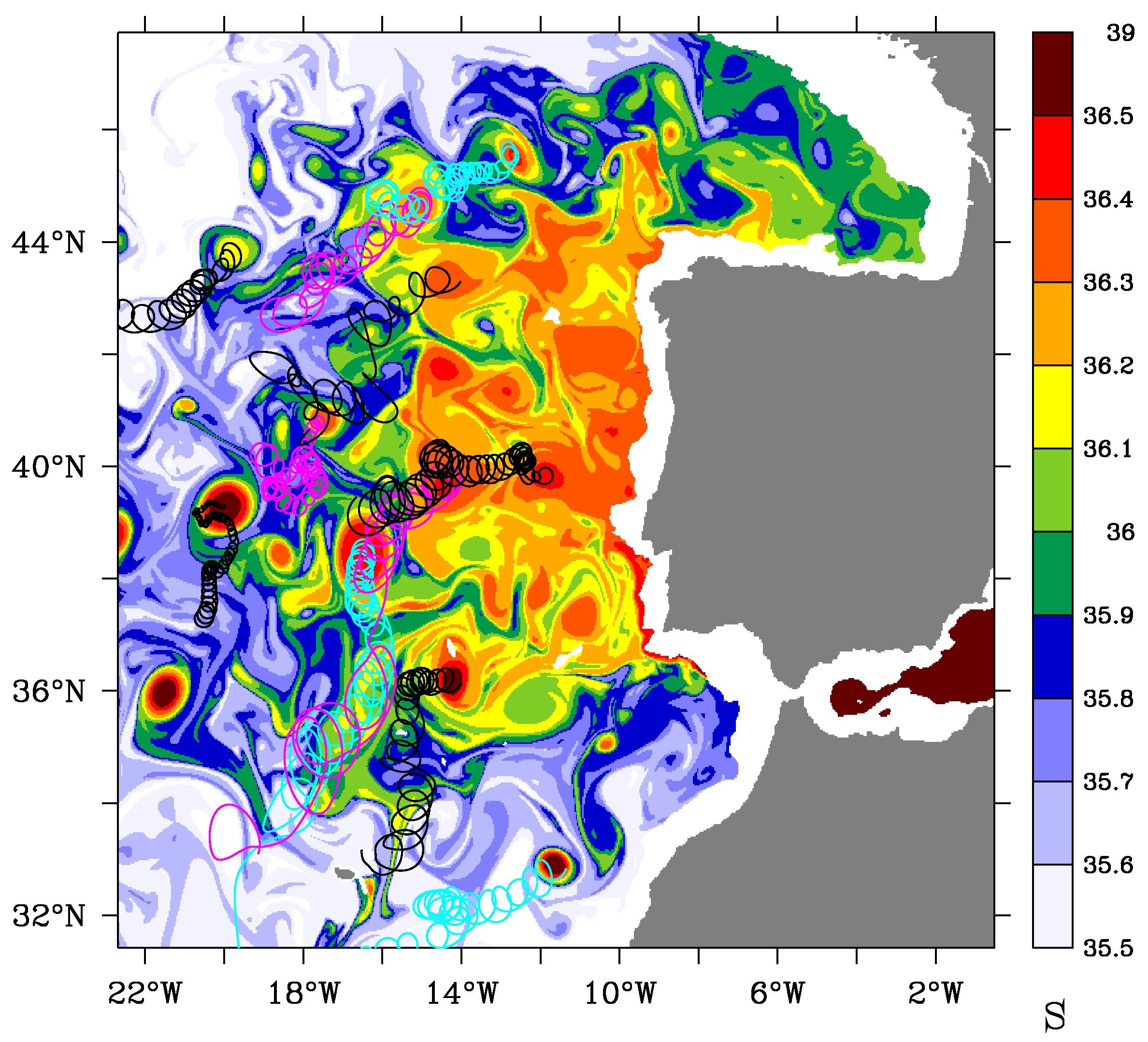 Nuno Serra from the University of Hamburg has used MITgcm in many ocean modeling projects, both from a process-modelling perspective and “realistically”, incorporating forcing from NCEP and ECMWF. He is especially interested in the processes regulating North Atlantic and North Pacific inter-annual to inter-decadal variability. A particular passion is overflows.
Nuno Serra from the University of Hamburg has used MITgcm in many ocean modeling projects, both from a process-modelling perspective and “realistically”, incorporating forcing from NCEP and ECMWF. He is especially interested in the processes regulating North Atlantic and North Pacific inter-annual to inter-decadal variability. A particular passion is overflows.
Ocean Biology Meets Physics
![]() In this video, Mick Follows describes his group’s work using MITgcm and ECCO2 products to better understand the global carbon cycle and plankton populations.
In this video, Mick Follows describes his group’s work using MITgcm and ECCO2 products to better understand the global carbon cycle and plankton populations.
Visualizing Earth Science Data
![]() How would you explain the large scale pattern of weather fronts to a general audience? Roman Kowch, an undergraduate major in EAPS, has been exploring one way; as part of a UROP project with Lodovica Illari, Chris Hill and Constantinos Evangelinos.
How would you explain the large scale pattern of weather fronts to a general audience? Roman Kowch, an undergraduate major in EAPS, has been exploring one way; as part of a UROP project with Lodovica Illari, Chris Hill and Constantinos Evangelinos.
